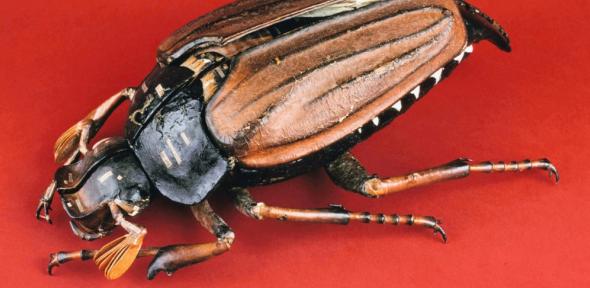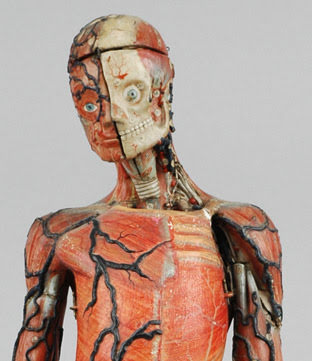From wax to papier-mâché
Introducing papier-mâché as a modelling material was a radical change from earlier modelling techniques. In previous centuries, anatomists and artists made their anatomical models using wax.
While wax models could reproduce anatomical details very accurately, the material was very expensive and too fragile to be handled frequently because the wax would lose its shape.
Papier-mâché, on the other hand, was sturdy enough to produce detachable models that could be used again and again, at less than a tenth of the price of similar wax models.



